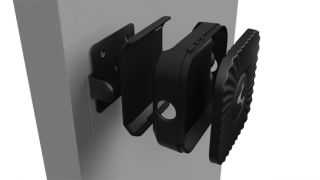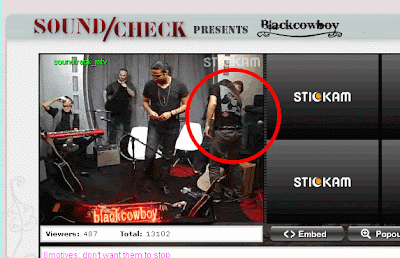Beacon deployment strategies: tips from the battlefield (part 1)
It seems that beacons have firmly established themselves in the repertoire of mobile technologies available to marketers and retailers. They allow customers to be contacted at the point of purchase, where a stimulated purchase intention can be immediately converted into a transaction.
You are thinking about how to use beacons in your business, but do not know where to start? As part of the implementations carried out at Linteri we have completed several projects, including the implementation of the most extensive network of these devices in buildings in Lodz for the University of Lodz (case study here). In this text we share with you the lessons learned from these implementations.
Understanding the limitations of technology
Many people we talk to confuse beacons with cryptocurrency – i.e., the popular bitcoin. So let's establish at the beginning – don't confuse beacons with bitcoin or bacon :-).
A beacon is a radio transmitter that works in accordance with the Bluetooth Low Energy protocol. The only function of the device is to cyclically send out a signal. The signal contains the beacon's data:
– UUID – device identifier
– Major and Minor fields – additional fields allowing to group and distinguish devices
The signal can be sent out a few to over a dozen times per second. Average beacons allow you to set a transmission range of 1 meter to approx. 70 meters.
Now that we know what beacons are, it is also worth summarizing what they are not.
What beacons don't do?
Beacons do not send or receive anything from the internet. Imagine a radio playing in a store. Anyone can come and listen to it. This is roughly how a beacon works. Beacons don't respond to nearby smartphones. It is smartphones that can respond to nearby beacons. This is a common misconception that comes up in first conversations, so it's worth clarifying at the outset.
Practical tips before installation
Before you install your first devices, remember that most beacons run on a flat lithium-ion battery with a capacity of up to 240 mAh to 1,000 mAh. This is the same type of battery that you can find e.g. in your gate remote control. Such a battery – depending on the settings of the beacon – allows for its uninterrupted operation for 12 to 24 months. This means that there will come a time when you will have to replace the battery. Therefore, develop a detailed installation plan, plot beacons on a map of your premises and inventory each location by taking a photo of the installation site and attaching a brief description. If these steps seem unnecessary to you – wait until next year you will have to find a beacon that you installed on a 75m2 false ceiling and you completely can't remember where it was.
On the web you can find many reports presenting tests of devices from major manufacturers – read them before making your choice or ask for recommendation of your implementation partner.
Installation
Do a reconnaissance of your location and determine where to mount your devices. Some beacons have holes in the back casing that allow you to hang them e.g. on screw hangers or nails. You can also place beacons e.g. on a suspended ceiling made of coffers. The third option – which does not require interference with the environment – is a strong double-sided tape. Use good products with a high load capacity to prevent the devices from peeling off after some time. Another possibility is to install beacons in plastic mounting boxes, available in every major building store.
Regardless of the type of installation, measure the signal after placing the devices at the target location. In mobile markets you will find many applications that allow you to measure the range. Sometimes such applications are also offered by device providers.
Will you need to place beacons outdoors? If so – make sure your chosen devices are dust-, frost- and waterproof. Ideally, they should meet a special IP protection level. The highest rating is IP68 (dustproof and protected against permanent immersion in water).
If you plan to frequently update your beacon settings (e.g. If you plan to frequently update your beacon settings (e.g. beacon frequency or signal strength), make sure there is a device in range of your beacons that can be used to reconfigure them. Some manufacturers provide so-called. cloud-beacons or wifi-beacons, which can both receive signals via the internet and update classic beacons within their range (ok. 50 meters).
Such planning obviously makes sense if you are installing a larger number of beacons over a large area.
Security
This is an element of infrastructure, which is rarely mentioned. The situation here is reminiscent of that with a radio playing, which anyone can come and listen to. The same applies to beacons – anyone can read their signal. If beacons are installed at your points, it means only that any application can use them to communicate with its users – at your location!
Whether you should protect yourself against it? You have to make this decision yourself by assessing the potential risks. How to protect yourself against this? You can use a so called "security lock" to protect your phone against Bluetooth. UUID rolling – This means that the basic parameters of beacons will change periodically so that other applications will not be able to identify them and assign them to a specific location.
Selection of tools for the task
If you are reading this article, it means that you are considering using beacons in your business. We've already told you how these devices work, but it's also worth learning about the alternatives. You should make a decision about which technology to use only after you have learned the advantages and disadvantages of each. These technologies are:
A description of the advantages and disadvantages of each of these technologies is a topic for a separate text, so I will leave it to you as a homework assignment to familiarize yourself with them.


